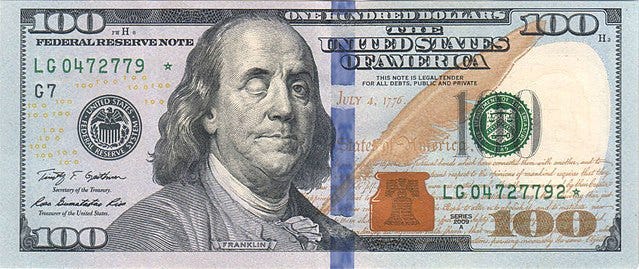Layer 3. Universal Truth. Society’s Lies. Truth Part 4
Figments of The Imagination. What truths work like magic and have political parties working together? Most people believe in these…
Figments of The Imagination
“How do you cause people to believe in an imagined order such as Christianity, democracy or capitalism? First, you never admit that the order is imagined.”
— Yuval Noah Harari
As the Sun comes out each morning, the blue dress group wakes up to start their day the same way the gold dress group does. They begin their routines by heading off to work, but first, they stop by the gas station to fill up and pay for the fuel. From there, some hit the Starbucks drive-through and buy a cup of coffee.
One gold-dress group member even notices the employee’s tattoo at the drive-up window and says, “Hey, I like that gold-dress tattoo on your arm.” But the employee looks at the gold dress member and replies, “Thanks, but it’s actually a blue dress.” Regardless, the gold dress member still pays for the coffee, even tips the blue dress employee, and then heads off to work.
When the gold dress member arrives at his job, he enters his workplace, which is surprisingly filled with hundreds of people from both political sides of the blue and gold dress parties. But yet, here they are, all working together towards a common goal as if they set aside their differences while on the clock for B&G Corporation. It also happens to be a Friday on this exact day, so people appear to be in good spirits. Many of them are happy because the weekend is about to begin. But nearly all of them are in a better mood because it’s also payday.
On payday, several blue and gold members are laughing and joking around with each other. They have civil conversations that include topics about their family, friends, what they will do that weekend, and even how they will spend their paychecks.
But what causes such disagreeing members of society to work together as though they are not enemies? Perhaps a clue is when one blue dress member says to a gold dress member, “We may not agree on the color of the sacred dress, but at least we agree on the color of money.” Ah, there it is — the universal truth. Money seems to be a unifier that holds society together.
When enough people agree on a single concept — even though the idea is still not physical — then truth is considered a universal truth. It’s a universal truth because people believe in it personally and in a political crossover. It almost appears that no one disputes the almighty dollar, even when they can’t agree on the color of a dress. Universal truths are imagined ideas that maintain a strong belief in societies.
Other universal truths include:
Clock time (Sumerian base 60)
7-day Week (Named after myths)
Year 1 AD (Assigned by a monk)
Human rights (Self-assigned)
Borders (Countries, States, Cities)
Human identity (We are “great apes”)
Names (USA, Twitter, Your Name)
Titles (Doctor, President)
Governments (Held up by belief)
Institutions (Corporations, Churches)
Equality (Envisioned)
Truth. Wait, what? More on this in a moment. It’s about to get very interesting.
Universal truths are known as legal or imagined fictions. But what makes something a universal truth and not an objective truth? Why isn’t that objectively true if a truth crosses all cultures and everyone agrees?
Let’s explore this further.
This is a series piece 4 of 9. Below is the next article.
Layer 4. Objective Truth. Reality. Truth Part 5 >>
Layer 4. Objective Truth. Fiction vs. Reality. Truth Part 5
Reality Emerges. While most experiences are imagined fictions, they do still exist in the real world. Find out why…medium.com
Previous article
<< Layer 2. Political Truth. Their Lies. Truth Part 3
Layer 2. Political Truth. Their Lies. Truth Part 3
Confirmation Bias. Why do we turn to others for confirmation? Learn about how political truths form from the herds…medium.com
First Article
<<< The Truth About Truth; It’s All a Lie. Truth Part 1
The Truth About Truth; It’s All a Lie. Truth Part 1
Philosophy of Truth & Reality Introduction. What is truth and how is it better understood?medium.com



